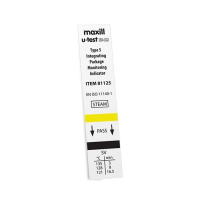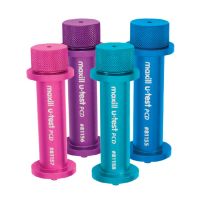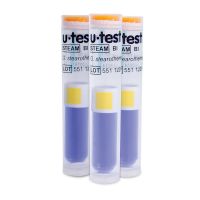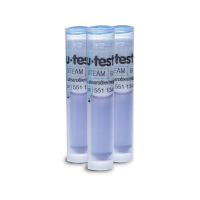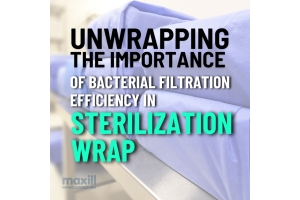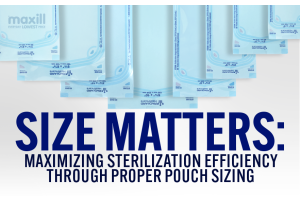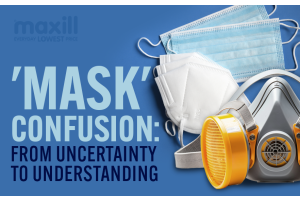- Home
- maxill's Dental Blog
- Question and Answer
- Will using a Type V Chemical Integrator strip without a foil backing and a migration window trigger an IPAC lapse?
Will using a Type V Chemical Integrator strip without a foil backing and a migration window trigger an IPAC lapse?

A Type V/Class 5 Chemical Integrator strip with a foil backing and a migration window is not the only accepted format available on the market today. Another technology is available that provides the same quality assurance by measuring all three parameters of sterilization (time, temperature, and pressure). This technology is not new and has been used for several years in Europe. It is the same application as the engineered inks used for the internal and external (type IV and type I) indicators found on sterilization pouches but with a higher validity ratio and a reaction to all three parameters of sterilization.
The two styles will be referred to as wax style and ink style. The wax style operates via a small ball of wax in the foil backing. When heated, the wax melts and migrates into the window. This is the reaction to time, temperature, and pressure. A failure is indicated when the window does not display a full migration/colour change. The ink style operates via the ink reacting to time, temperature, and pressure with a change in colour. A failure is indicated when the colour bar does not undergo a full change in colour.
Both indicator styles meet the EN ISO 11140-1 standard and both styles are acceptable quality assurance tools for monitoring steam sterilization. Both styles require the user to observe the proper MIFU. One style over the other does not dictate an IPAC lapse.
Michelle Aubé (Simmonds) RDH, maxill Dental Hygiene Educator
Michelle is a Dental Hygiene Speaker, Consultant and Educator with over 21 years of experience as a RDH and 4 years as a CDA. She has written dental hygiene articles for CDHA’s OH Canada professional publication and continues to practice clinically and teaches both clinical dental hygiene and practice management at Fanshawe College and the University of Western Ontario. She has served on the Discipline Committee at Algonquin College and held the position of a CDHO Quality Assurance Assessor for 7 years.
- IPAC Compliance (44)
- Shared Articles (0)
- Question and Answer (21)
- Procedural (23)
- Personal Protection and Safety (15)
- Oral Care (11)
- Myth vs. Fact (1)
- Infection Control (54)
- Dental Hygiene (29)
- COVID-19 (13)
- Marketing (8)
- Office Life (24)
- Product (31)
- Patient Health (37)
- General (5)
- Economics (4)
- Room By Room (0)
- Professional (47)
- Pathogens (6)
- How to (2)
- maxill History (0)
- Archived (4)
- Procedural Walkthroughs (0)



